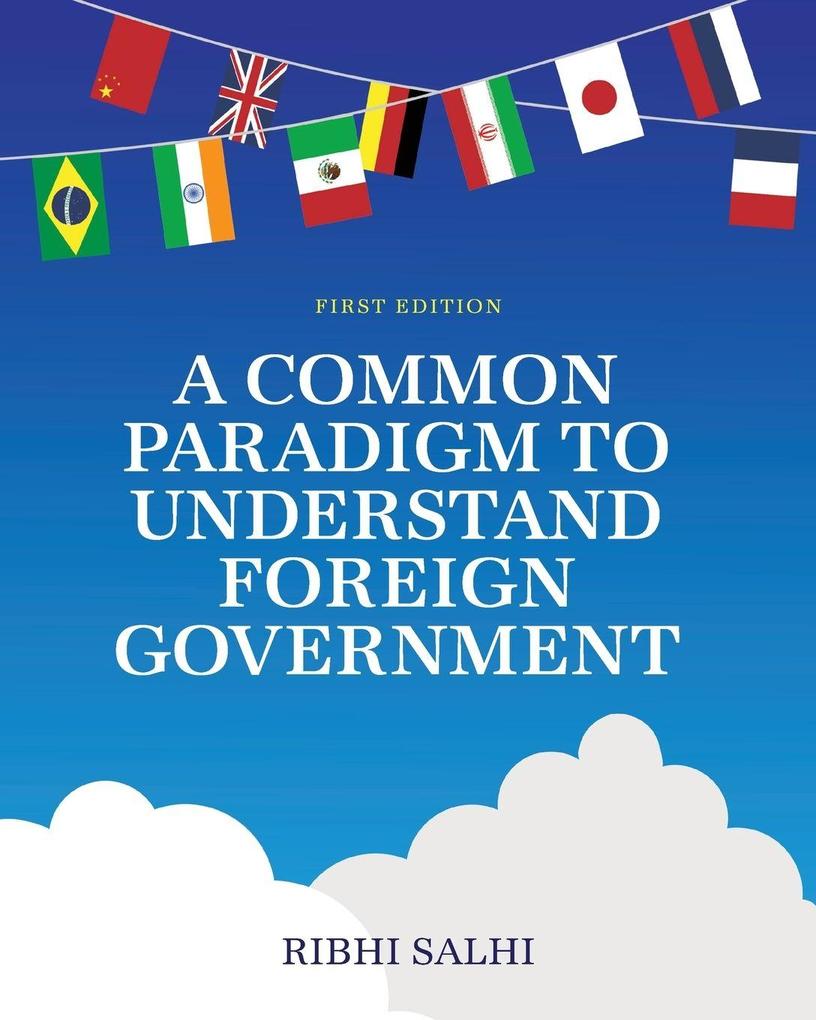NEU: Das eBook.de Hörbuch Abo - jederzeit, überall, für nur 7,95 € monatlich!
Jetzt entdecken
mehr erfahren
Zustellung: Sa, 13.09. - Mi, 17.09.
Versand in 5 Tagen
VersandkostenfreiA Common Paradigm to Understand Foreign Government provides students with a structured understanding of various political systems, emphasizing comparative government, a field that has grown in importance with the United States' increasing involvement on the world stage. Targeting clarity and organization, the book employs four key approaches-historical, organizational, institutional, and political-to analyze and understand government formations and actions. This volume maps out nation-states and their dynamics, dissecting the distinct aspects of advanced democracies, transitional democracies, and nondemocracies.
Central to the text is the investigation of each government system through these analytical lenses. The historical approach explores formative events shaping states; the organizational approach investigates regime structures and institutions; the institutional approach examines key domestic players such as electoral systems and interest groups; and the political lens scrutinizes security concerns at both national and international levels.
A Common Paradigm to Understand Foreign Government responds to the need for straightforward materials that foster a deeper appreciation of governmental structures beyond the U.S. model. The book is ideal for courses in comparative government, political science, and world politics. It equips students with a practical framework to analyze and compare political systems from a nonbiased viewpoint, sharpening their insight into global governance.
Central to the text is the investigation of each government system through these analytical lenses. The historical approach explores formative events shaping states; the organizational approach investigates regime structures and institutions; the institutional approach examines key domestic players such as electoral systems and interest groups; and the political lens scrutinizes security concerns at both national and international levels.
A Common Paradigm to Understand Foreign Government responds to the need for straightforward materials that foster a deeper appreciation of governmental structures beyond the U.S. model. The book is ideal for courses in comparative government, political science, and world politics. It equips students with a practical framework to analyze and compare political systems from a nonbiased viewpoint, sharpening their insight into global governance.
Produktdetails
Erscheinungsdatum
28. Juli 2025
Sprache
englisch
Seitenanzahl
296
Autor/Autorin
Ribhi Salhi
Verlag/Hersteller
Produktart
kartoniert
Gewicht
640 g
Größe (L/B/H)
254/203/16 mm
ISBN
9798823333955
Entdecken Sie mehr
Bewertungen
0 Bewertungen
Es wurden noch keine Bewertungen abgegeben. Schreiben Sie die erste Bewertung zu "A Common Paradigm to Understand Foreign Government" und helfen Sie damit anderen bei der Kaufentscheidung.








